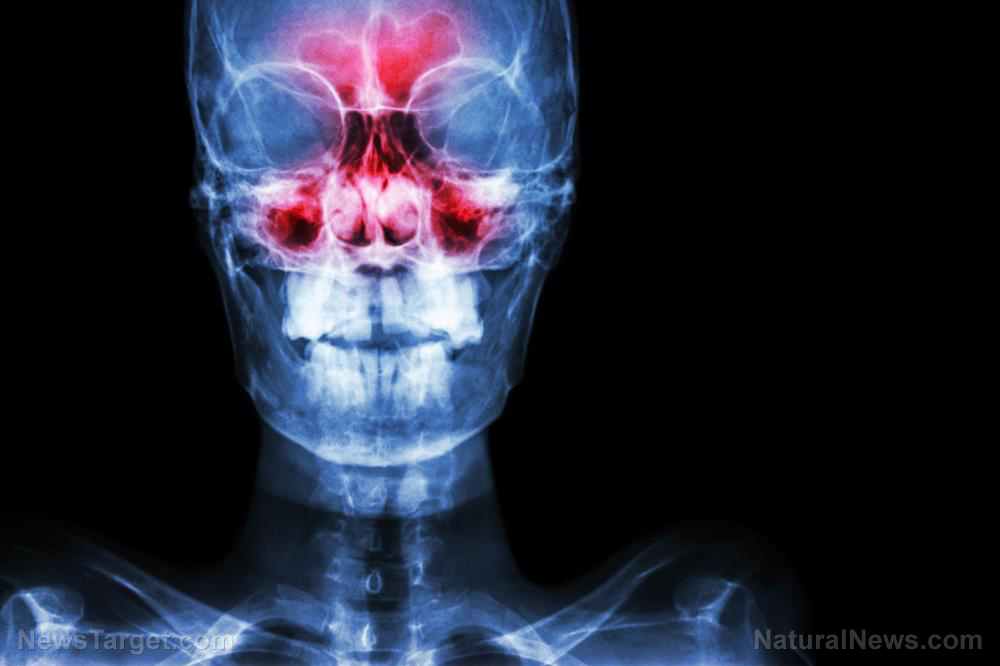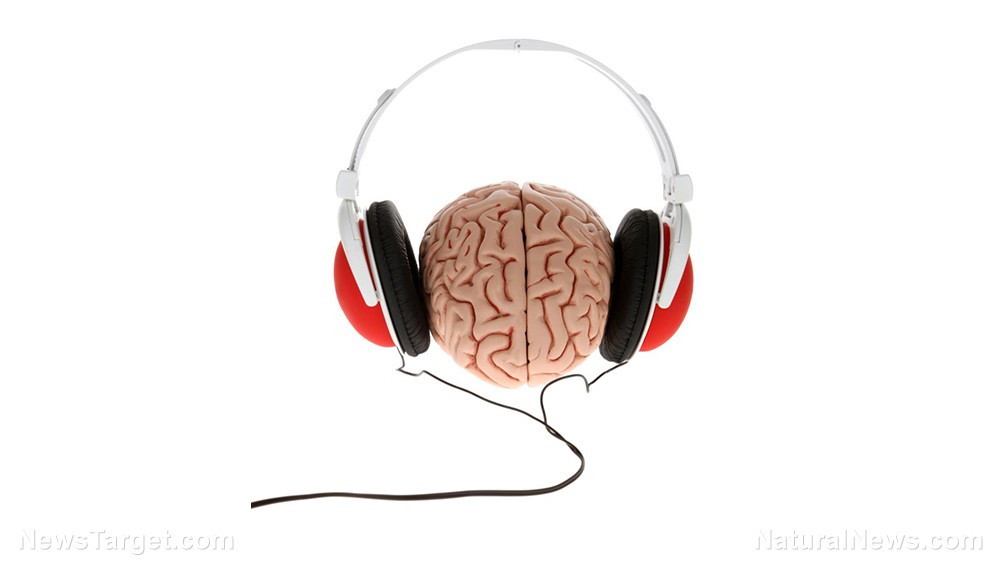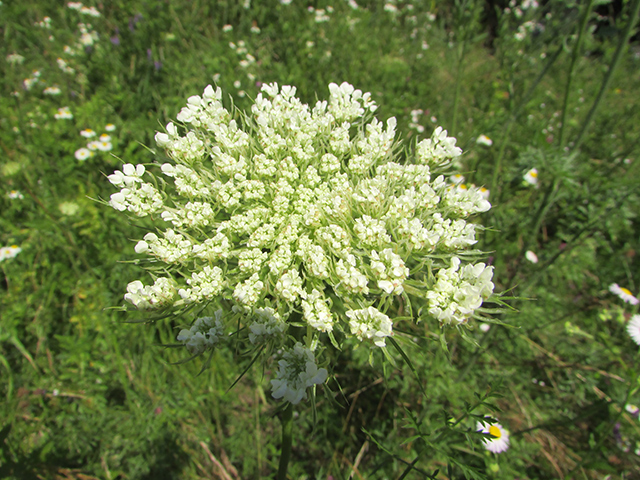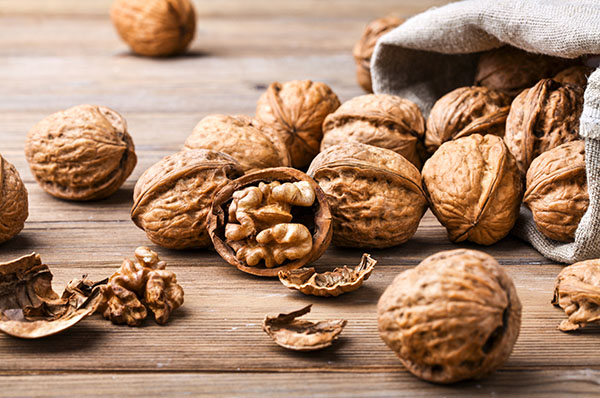Watch your step: How to relieve painful toe cramps
06/30/2023 / By Zoey Sky

Toe cramps can occur suddenly and cause pain in your foot. But what exactly causes toe cramps?
If you experience toe cramps frequently, you may be dehydrated or wearing shoes that don’t fit you well.
5 Common causes of toe cramps
When you get a toe cramp you will feel a sudden pain, as if your big toe is curling in. It also makes the top half of your foot cramp painfully.
Toe cramps can happen to any of the digits at the end of your foot and it is always painful and unpleasant no matter which toe is cramping up.
Toe cramps happen when the muscles that flex and bend your toes involuntarily contract.
But what causes toe cramps and how can you prevent them?
According to Dr. Sondema Tarr, a board-certified podiatrist and foot surgeon at Direct Podiatry Arizona in Tempe, pain is your body’s way of telling you that “something is going awry.”
Usually, there are easily fixable reasons behind toe cramps.
You’re dehydrated
Dehydration is the most common cause of toe cramps.
When you’re not drinking enough water, there may be less blood flowing to your feet, which then causes your toe cramps. (Related: Natural healing: 6 Superfoods that can help relieve headaches.)
You’re low on potassium and other electrolytes
Electrolytes are essential minerals like magnesium, potassium and sodium that you get from the foods you eat and beverages you drink.
Electrolytes have electrical charges, and they help your body send important messages to your muscles, explained Tarr.
If you’re not getting enough electrolytes because of a restricted diet or if you’re dehydrated, you may experience toe cramps.
A lack of potassium is another common cause of toe cramps, so snack on a banana daily to prevent them.
Your shoes make your feet hurt
The shoes you wear can also cause toe cramps, said Tarr. Toe cramps are common in women who wear high heels because the shoes change the way your foot would normally function when you walk.
Wearing heels means your toes have to work a lot harder to touch the ground and maintain balance, even if you’re already sitting down.
Wearing shoes that are too tight or too loose can also cause different types of foot pain, like toe cramps.
You’re exercising too much
Athletes and people who do intense workouts like CrossFit may often experience toe cramps.
The overuse of any muscles, especially without proper stretching before you exercise, may cause cramps in your legs, calves, feet and toes.
You’re getting older
There is no specific data linking toe cramps to any particular age or gender, but certain lifestyle factors as you age can affect your muscles.
The older you are, the more common it is for muscles to feel “tight” due to a lack of stretching and physical activity. This means if your muscles are tight and you suddenly use them, you can get a cramp.
How to avoid toe cramps
Wearing comfortable shoes can help prevent toe cramps. Avoid wearing shoes that cause pain or toe cramps.
Replace your high heels with shoes that have lower heels so you can walk more naturally.
If this isn’t possible, especially if you have to wear dress shoes for work, bring a pair of flat shoes and wear them when you are sitting at your desk. Change into dress shoes only when you need to.
When buying new shoes, look for footwear with plenty of room in the toe box, good arch support and a stable heel cup.
You can also get insoles to add or enhance support and stabilize your feet. Consult a podiatrist who can also prescribe custom-fitted orthotics/insoles.
Drinking enough water can help you stay hydrated and prevent toe cramps. Drink a glass of water before you exercise at the gym.
Bring a refillable bottle so you can stay hydrated while you’re working out.
If you’re following a very low- or no-salt diet, ask your doctor to make sure you have enough sodium.
Add more potassium rich-foods and beverages like almonds, avocados, bananas and coconut water. Try adding an electrolyte supplement to your water.
Natural remedies for toe cramps
Follow these tips to relieve a painful toe cramp:
If you have a tennis ball or a plantar fasciitis massage ball, roll it along the sole of your foot. This will help release the muscle and lessen the spasms and cramps.
If you don’t have a tennis ball, cross the leg attached to the toe with the spasm over your other leg. Carefully flex the foot back, then hold it for two to three seconds before you release.
If your foot and toe still hurt, try a warm soak. You can also use a heating pad to soothe the pain.
Another option is to use ice for pain relief. Gently massage the cramping toe using a cold pack or some ice wrapped in a towel. Do not put ice directly on your skin.
Drink one glass of water to rehydrate. If you are dehydrated, this should help ease your toe cramp after several minutes.
While toe cramps are common and not something to worry about, you should find out what is causing them if you experience them frequently.
If you are worried about getting toe cramps too often, get your blood work done by your primary care physician. This will help check your potassium, calcium and magnesium levels and to make sure things are normal internally.
Recurring cramps can also be a sign of circulation issues, but you will usually experience other signs along with the toe cramps, such as cramps in your calves and upper legs.
Sometimes, cramps could be a sign of neuropathy or peripheral arterial disease (PAD), which is often related to health issues like diabetes or stroke.
For the occasional toe cramp, it could just be your body telling you to drink more water and to wear more comfortable shoes.
Visit Remedies.news to learn more about other natural remedies for various aches and pains.
Watch the video below to find out how minerals and electrolytes can help you stay hydrated.
This video is from the Health Ranger Store channel on Brighteon.com.
More related stories:
These 7 herbs can help you through life’s aches and pains.
Natural remedies: Treating headaches with essential oils.
8 Ways to deal with chronic pain while prepping.
Sources include:
Submit a correction >>
Tagged Under:
alternative medicine, health science, how-to, massage ball, men's health, natural cures, natural health, natural medicine, Naturopathy, pain, pain management, pain relief, potassium, prevention, remedies, sodium, tips, toe cramps, women's health
This article may contain statements that reflect the opinion of the author
RECENT NEWS & ARTICLES
COPYRIGHT © 2017 NATURAL CURES NEWS




















